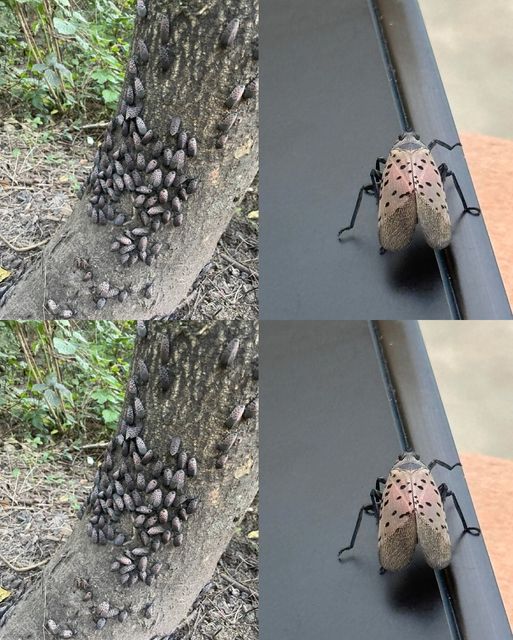
If You Ever Spot This Insect, Get Rid of It Immediately!
The Devastation They Produce
The sap of many different plants and trees is the food source for lanternflies. Because they excrete a sticky, sweet material called honeydew, this feeding process damages the plant and may also cause sooty mold to proliferate. To make matters worse, this mold prevents the plant from producing oxygen via photosynthesis, so suffocating it. As far as I could tell, the mold was spreading, and the formerly brilliant maple leaves were becoming drab and dark.
Flickr is the source.
Way the Lanternfly Looks
The proliferation of lanternflies may be controlled provided their identification is ensured. Their adult size is around half an inch across and an inch long. Their gray wings marked with black specks give them a distinctive frontal look, while their underbelly reveals a pattern of red and black. Their crimson underwings provide a striking visual display as they soar through the air. Prior to reaching adulthood, the nymphs, or juveniles, change color from black to red and have white dots all over them.
Methods for Feeding
A lanternfly may get at the plant’s sap by using its long, needle-like mouthpart to puncture it. Insects that feed in this manner are especially dangerous because they may drain the plant of its vital vitality by going straight to its nutrition routes. It was interesting and terrifying to see them work on my plants.
My First Encounters
I said before that Pennsylvania was the first state in the United States to record the presence of lanternflies. Their arrival was most likely facilitated by an Asian cargo of stones or other commodities. Since their discovery, they have been making their way throughout the United States, mostly along the East Coast. However, as they discover new habitats and host plants, their range is gradually extending.
continued on next page
